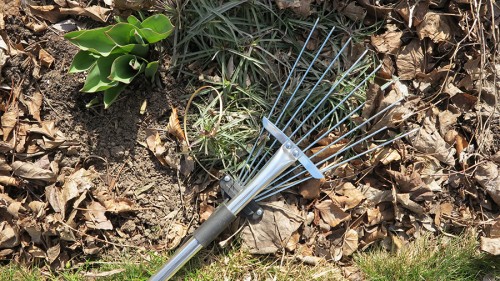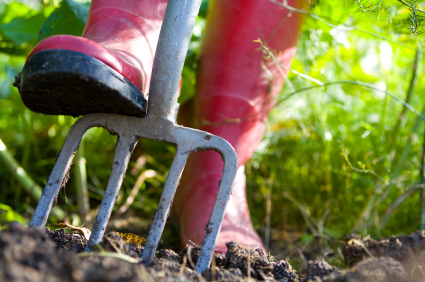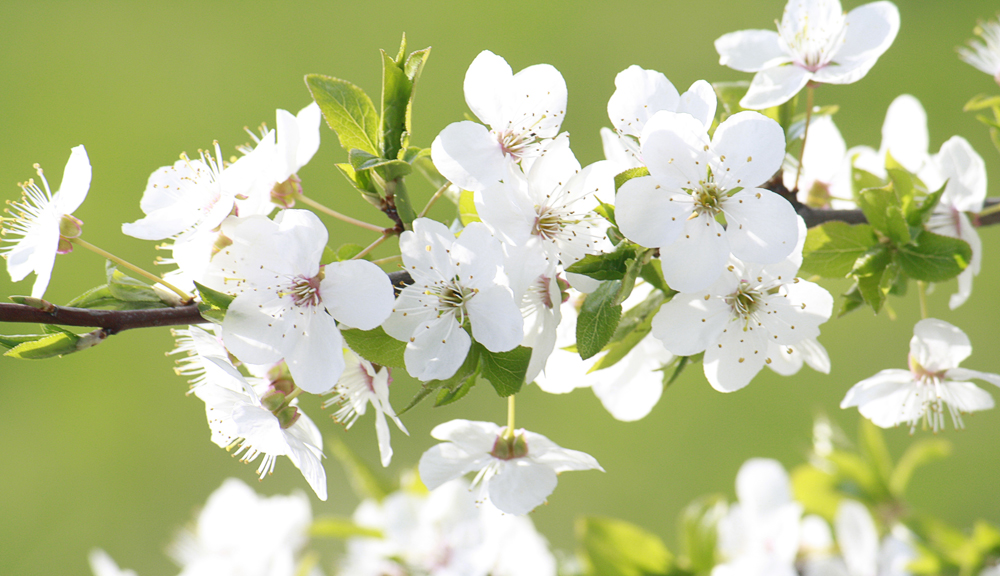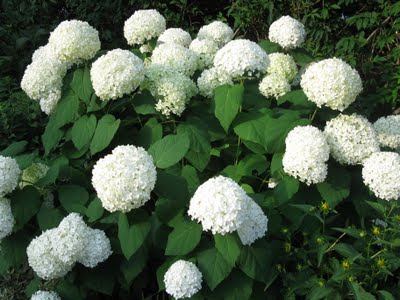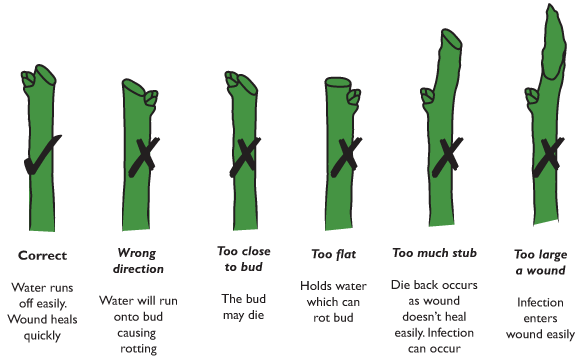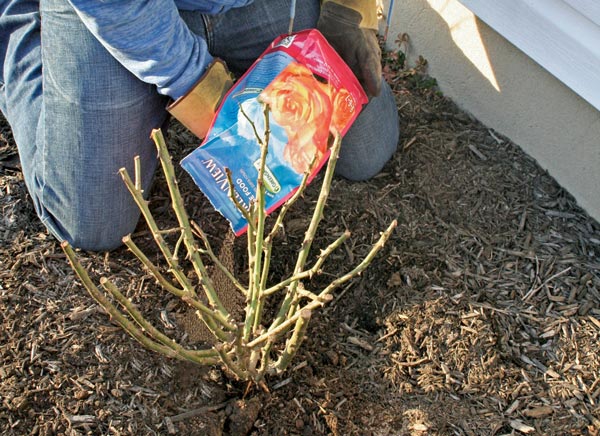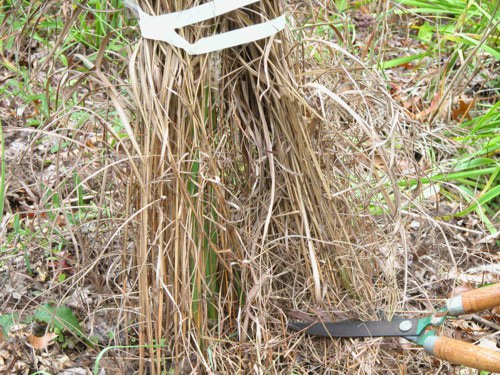It’s been a long cold drawn out winter, but there is light at the end of the tunnel – and spring has finally arrived. What took you so long?
Although the ground may still be frozen in parts and the weatherman keeps using that four-letter word, “snow” – there are still things you can do right now to get your garden ready for the much-anticipated, long-awaited warmer weather.
1. Inspect for damage
Freezing rain, heavy snow and high winds and this winter’s brutal storms took its toll on all of us, just imagine what it did to your garden. Now’s the time to get out and check for damage, be sure to prune back or remove broken stems and branches. Clearing out the debris now allows your garden to breathe and the soil to warm up.
2. Amend the soil
You can start adding the nutrients and good stuff your garden needs as soon as the soil is ready. When you pick the soil up in your hand and you squeeze if it’s crumbly your soil ready, but if it forms a wet ball it’s still too early. According to Canadian Living the goals of amending soil are to break up earth that has become compacted over time and to replenish its vital minerals and nutrients. The process is as simple as tilling or turning the ground, then adding generous amounts of organic material and some type of fertilizer. The organic material can include composted or decomposed plant material, shredded bark, peat moss. Just be sure to work it in evenly through the top layer of earth.
3. Protect your plants from overwintering pathogens
Our friends at Sheridan Nurseries told us this is very important to do now, especially since the tree buds are arriving late. By applying an organic Dormant Oil treatment like now you will get rid of overwintering pathogens and pests.
This is really one of the key things for fruit trees, shrubs most trees, shrubs, roses practically any woody material except for Japanese Maples and Blue Spruce. Spray this as soon as the day and nighttime temperatures are above zero and before the buds break or show green. By doing this early, you’ll prevent a lot of pests throughout the season.
4. Prune and control
The cardinal rule is to prune after they bloom, however Canadian Gardening tells us early spring is the time to prune and snip those late-blooming clematis and hydrangeas, various shrubs and fruit-bearing woody plants. But be careful, there are three kinds of hydrangeas – and only two of them, the Annabelle and the PeeGee Hydrangea, should be tidied in the spring. The Macrophylla Hydrangea (Large Leaf) Macrophylla bloom on second year wood, so you don’t prune those ones hard only prune to the first large bud.
Pruning your roses in the spring will encourage new growth and bloom, improve air circulation and shape the plant. See our earlier blog post on pruning roses for some handy tips and advice.
5. Feed hungry shrubs and roses
Before plants start leafing and filling out into their spring wardrobe, give them their first feeding of the year. Coming out of winter dormancy, plants are likely to be weak as a response to a reduced availability of nutrients, adding fertilizer now will boost the plants’ growth. So, yes, it’s a good time to feed those hungry shrubs and roses with a slow-release fertilizer, use a hoe to gently work the granules into the soil.
6. Cut back Ornamental Grasses
If you left your ornamental grasses up for winter interest, you can cut them back now, you don’t need to wait for new growth. Warm season Ornamental Grasses like Miscanthus (Maiden Grass) or Panicum (Switch Grass – this year’s perennial of the year) should be cut down within four to six inches to the ground. This allows the sun to get down on the roots and warms them up faster.
However, don’t cut down cold season grasses such as Fescue and Carex (Sedge Grass) – because they’ve already started actively growing. I found these great tips on how to cut back ornamental grasses without the mess, click here to learn more.
Hopefully these tips will get you started.
As they say April Hours bring May Flowers – and it’s finally time to get out and start planning for that beautiful garden coming soon.


